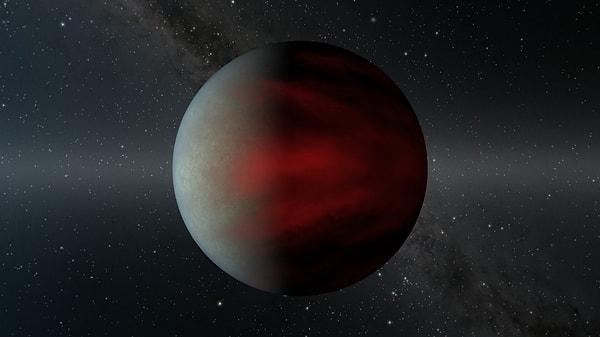Laughing Gas Discovered in Space, Evidence of Alien Life?
For centuries, humans have always been a curious race, interacting with new species of animals, tasting unknown substances, and even inventing new items, yet there has always been one question that we can't get out of our heads: is there life in space? Well the recent discovery of a specific substance in space might just have the answer to this question.

Typically, astrobiologists use an assortment of chemical compounds to help with their investigations for signs of life on planets and exoplanets alike. According to researchers at the University of California, Riverside (UCR), there is one specific chemical compound that astrobiologists are missing in their arsenal, laughing gas, also known as nitrous oxide (N2O).
These compounds are also recognised as biosignatures, which are compounds or substances found in the atmosphere of a planet that may signal the presence of life and typically include common gasses found on Earth.

“There’s been a lot of thought put into oxygen and methane as biosignatures. Fewer researchers have seriously considered nitrous oxide, but we think that may be a mistake,” said Eddie Schwieterman, an astrobiologist at the University of California, Riverside's Department of Earth and Planetary Sciences.
Schwieterman then helped lead a group of scientists who estimated how much nitrous oxide living organisms on our planet could possibly create. The scientists created models that simulated the planet's orbit around various types of stars and calculated the amount of Nitrous oxide that could possibly be discovered by a space observatory like the James Webb Space Telescope.
“In a star system like TRAPPIST-1, the nearest and best system to observe the atmospheres of rocky planets, you could potentially detect nitrous oxide at levels comparable to CO2 or methane,” Schwieterman stated.

Nitrous oxide is an organic compound, and since this is the case, living things are able to produce this odorless gas. Eddie Schwieterman actually said this regarding the production of nitrous oxide:
“Life generates nitrogen waste products that are converted by some microorganisms into nitrates. In a fish tank, these nitrates build-up, which is why you have to change the water. However, under the right conditions in the ocean, certain bacteria can convert those nitrates into N2O. The gas then leaks into the atmosphere.”
In some cases, nitrous oxide is detectable in the atmosphere and can also be misinterpreted as an indicator of life. Schwieterman's research team attributed this in their modeling.
Lightning, for instance, generates a tiny amount of nitrous oxide. However, in addition to N2O, lightning also produces nitrogen dioxide, providing astrobiologists with evidence that the N2O was produced by quasi weather or geological phenomena.
According to the researchers led by Schwieterman, the time has come for astrobiologists to look for alternative biosignatures such as nitrous oxide since the James Webb telescope will eventually transmit information about the atmospheres of exoplanets in the TRAPPIST-1 system.

Send Comment